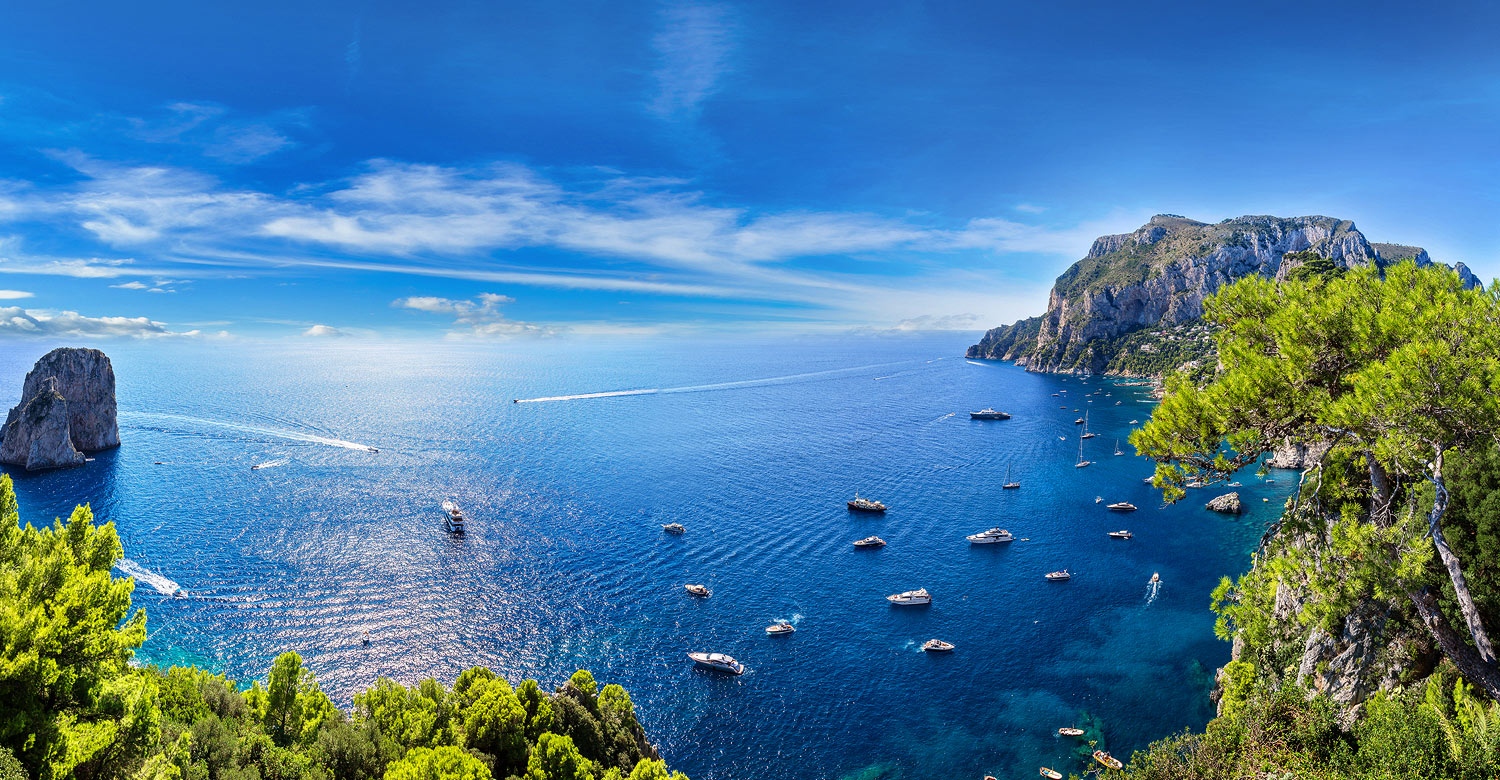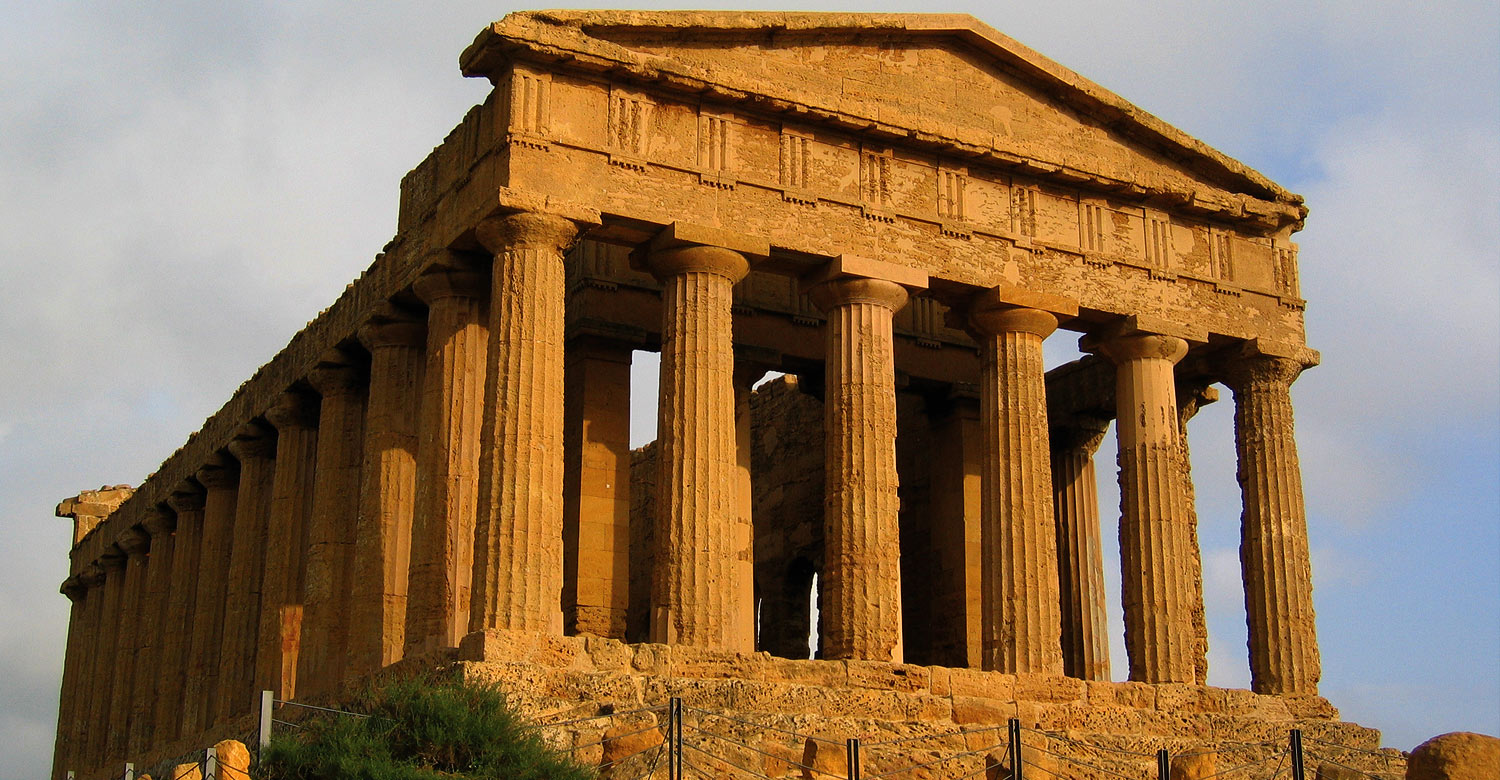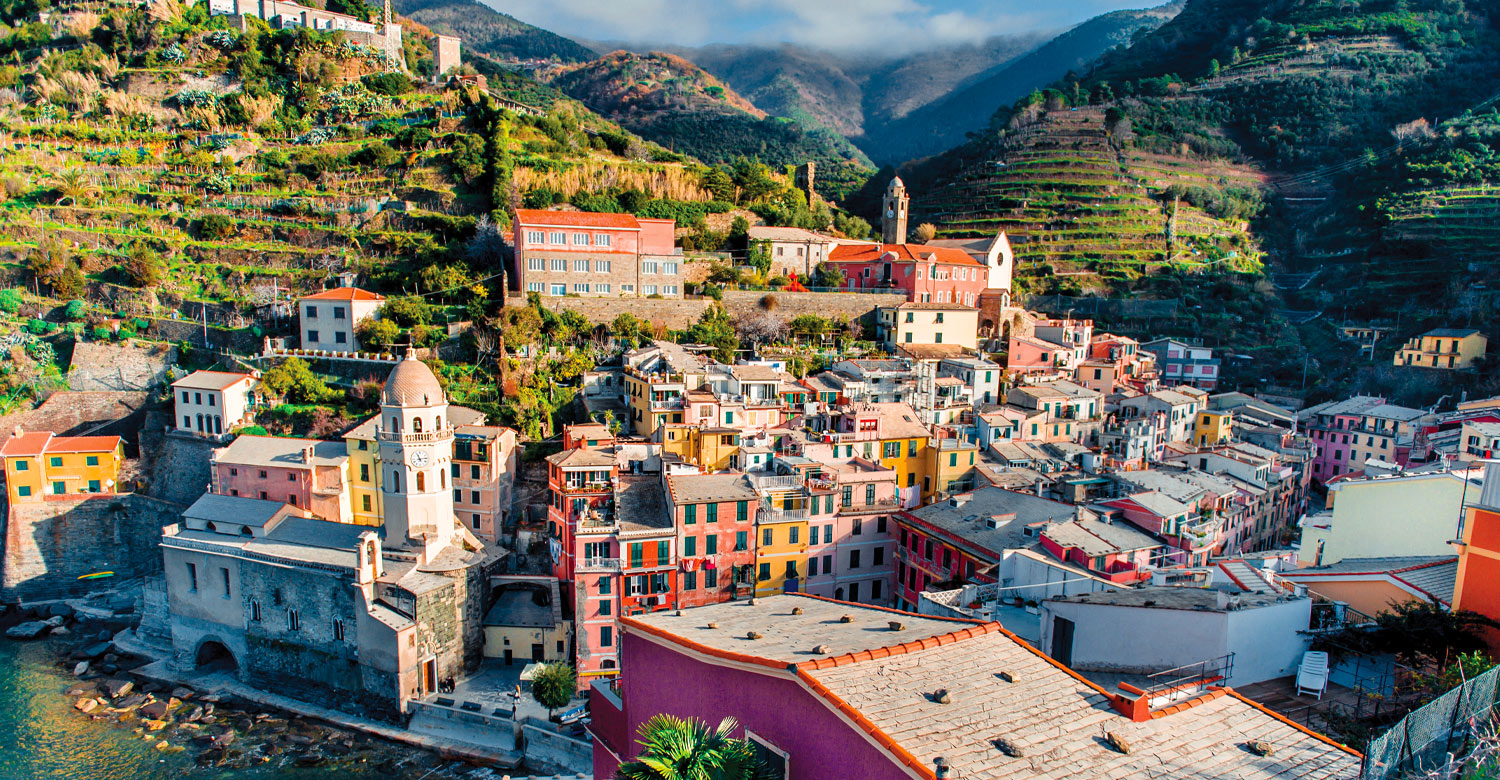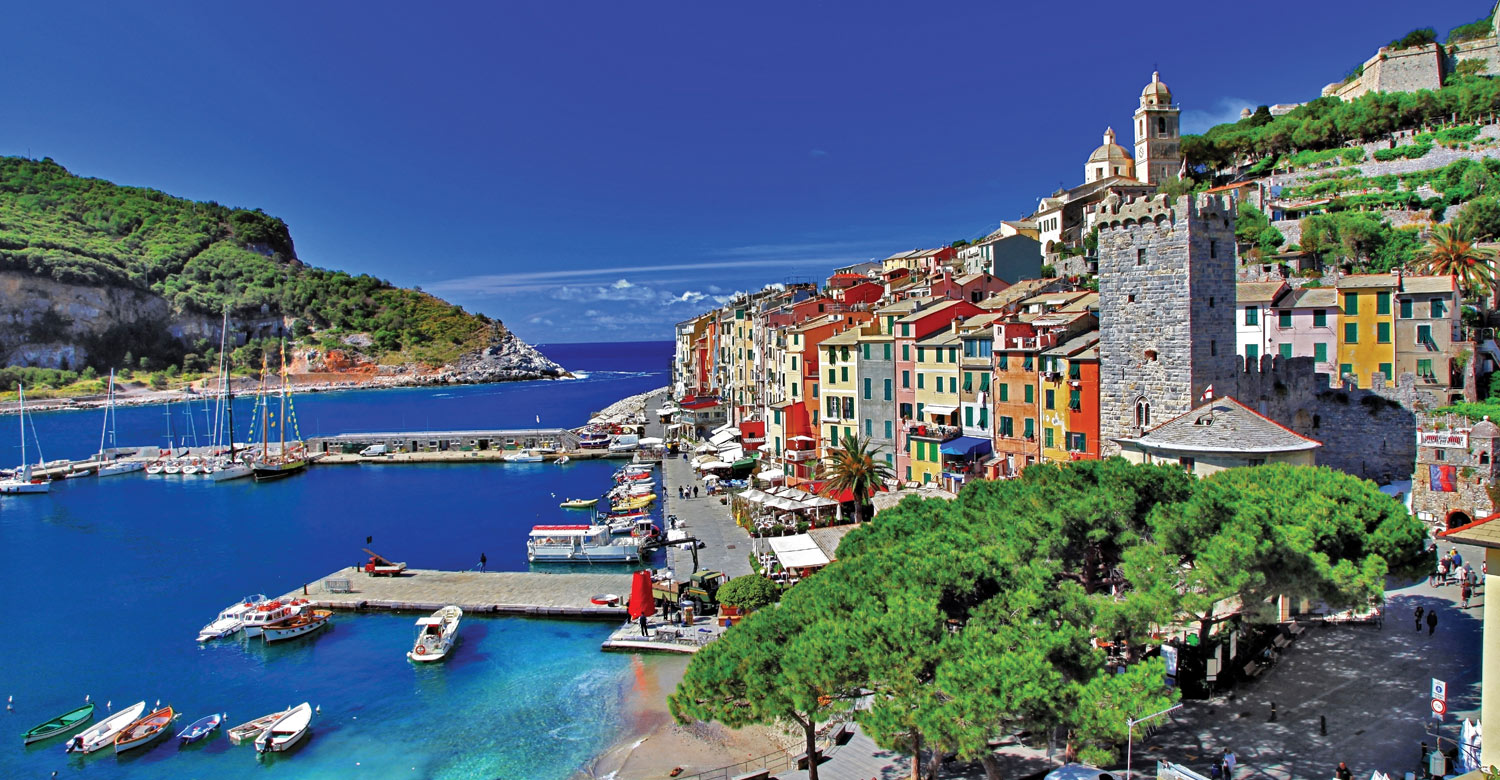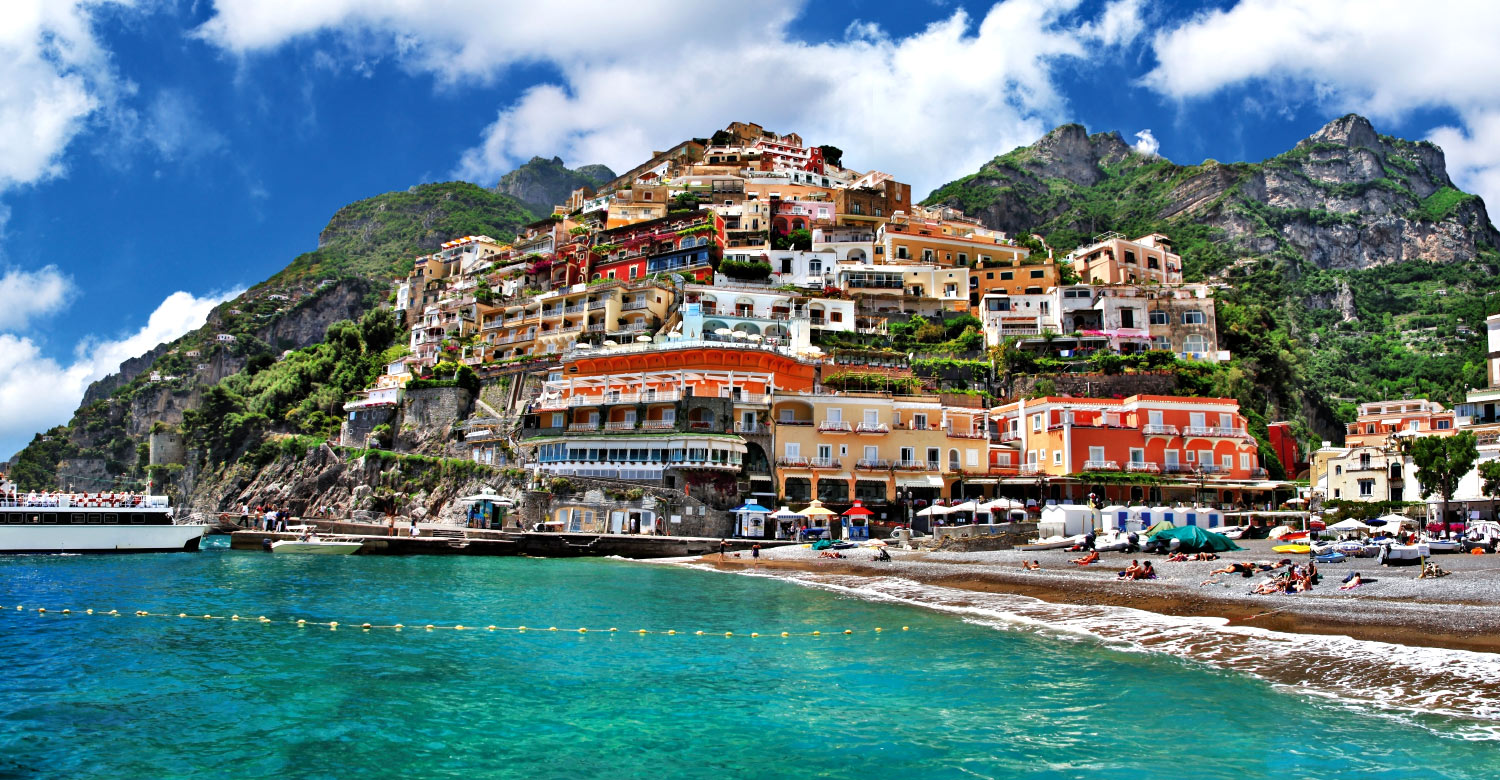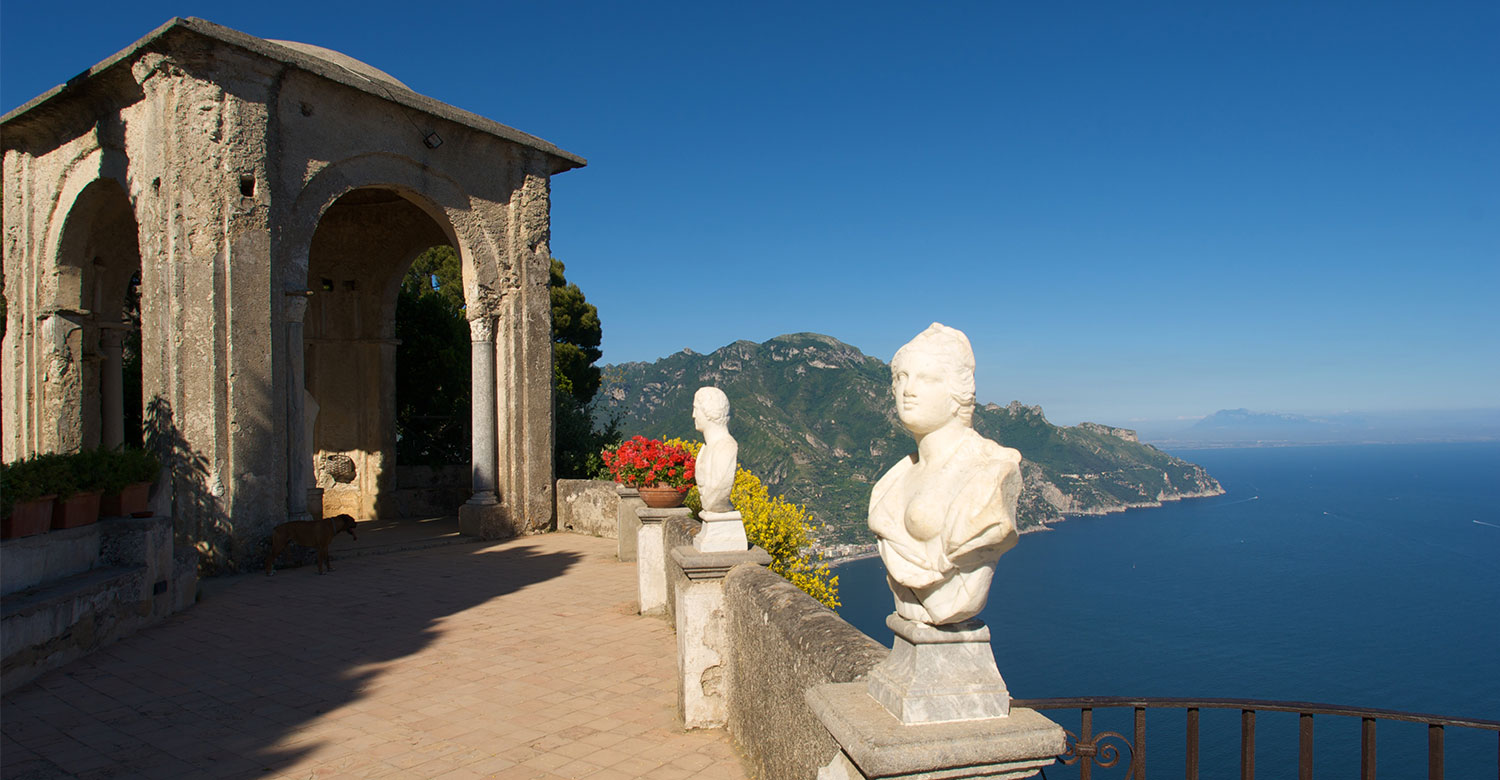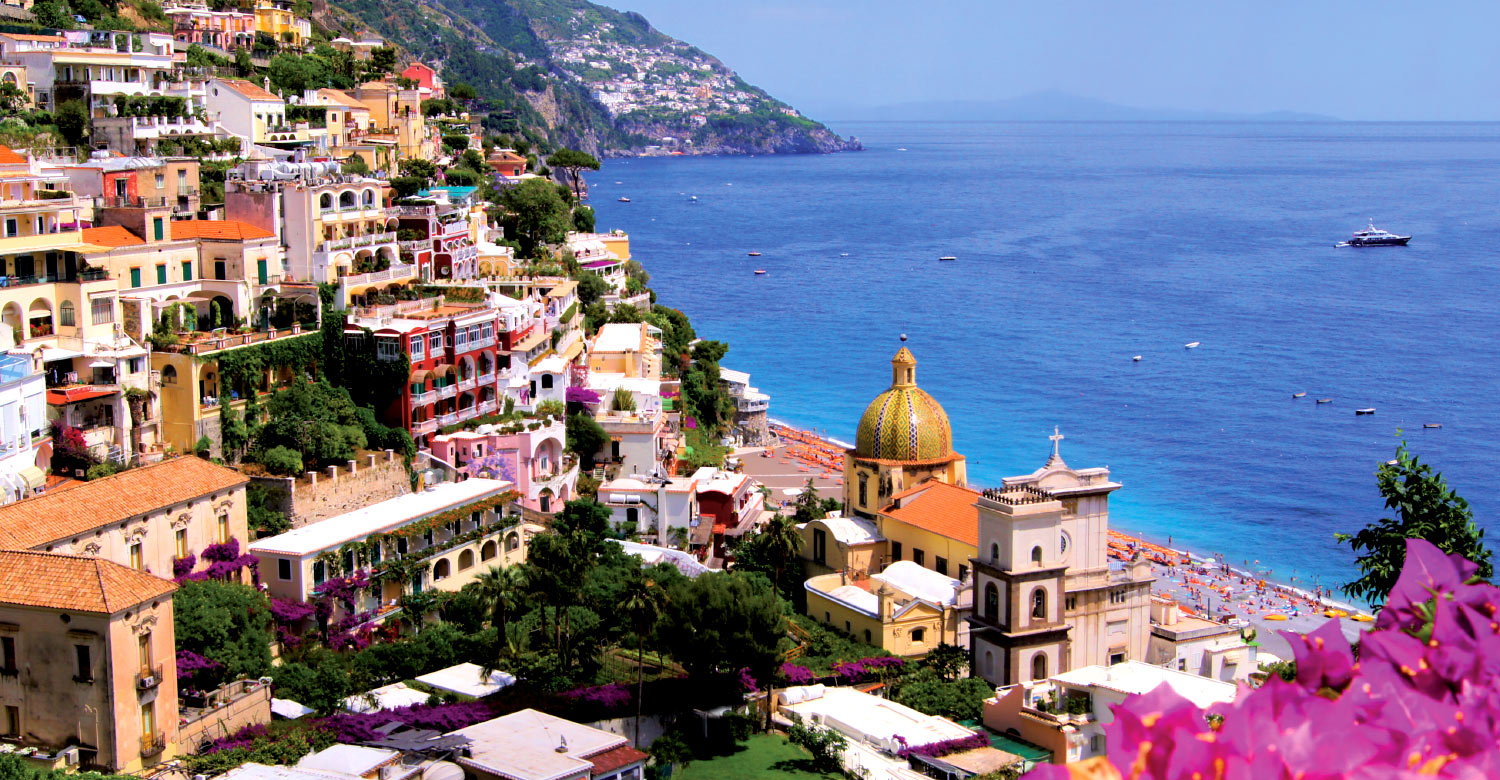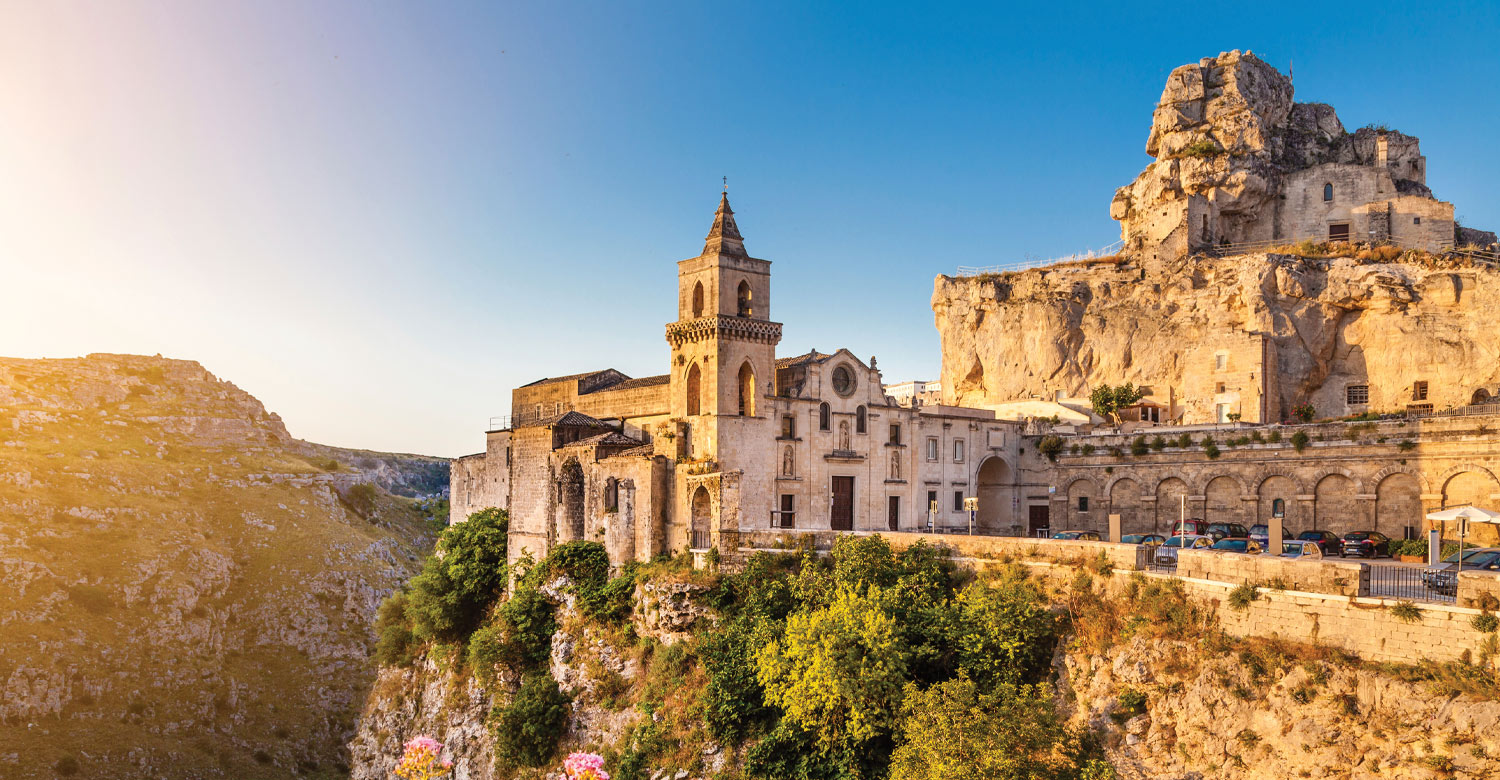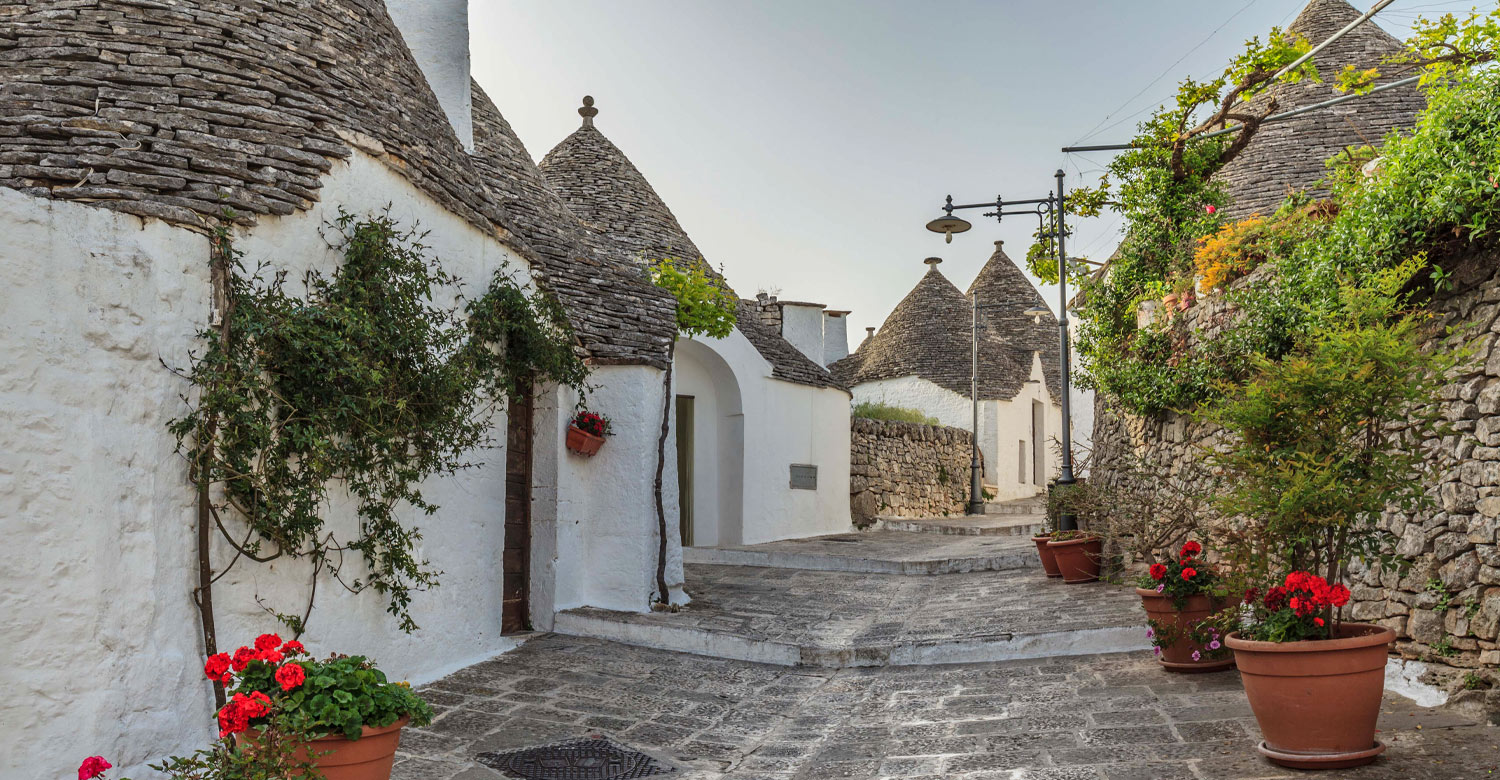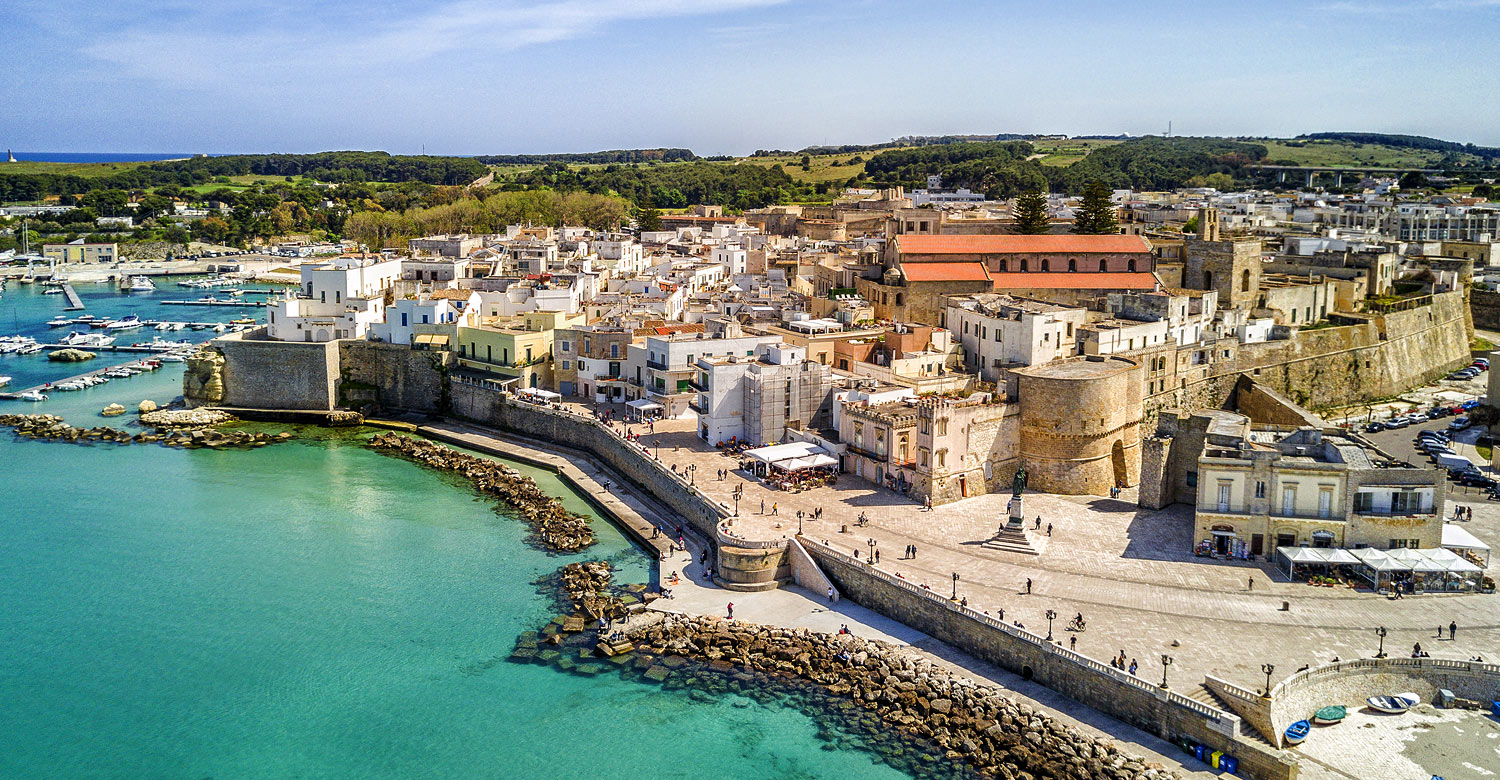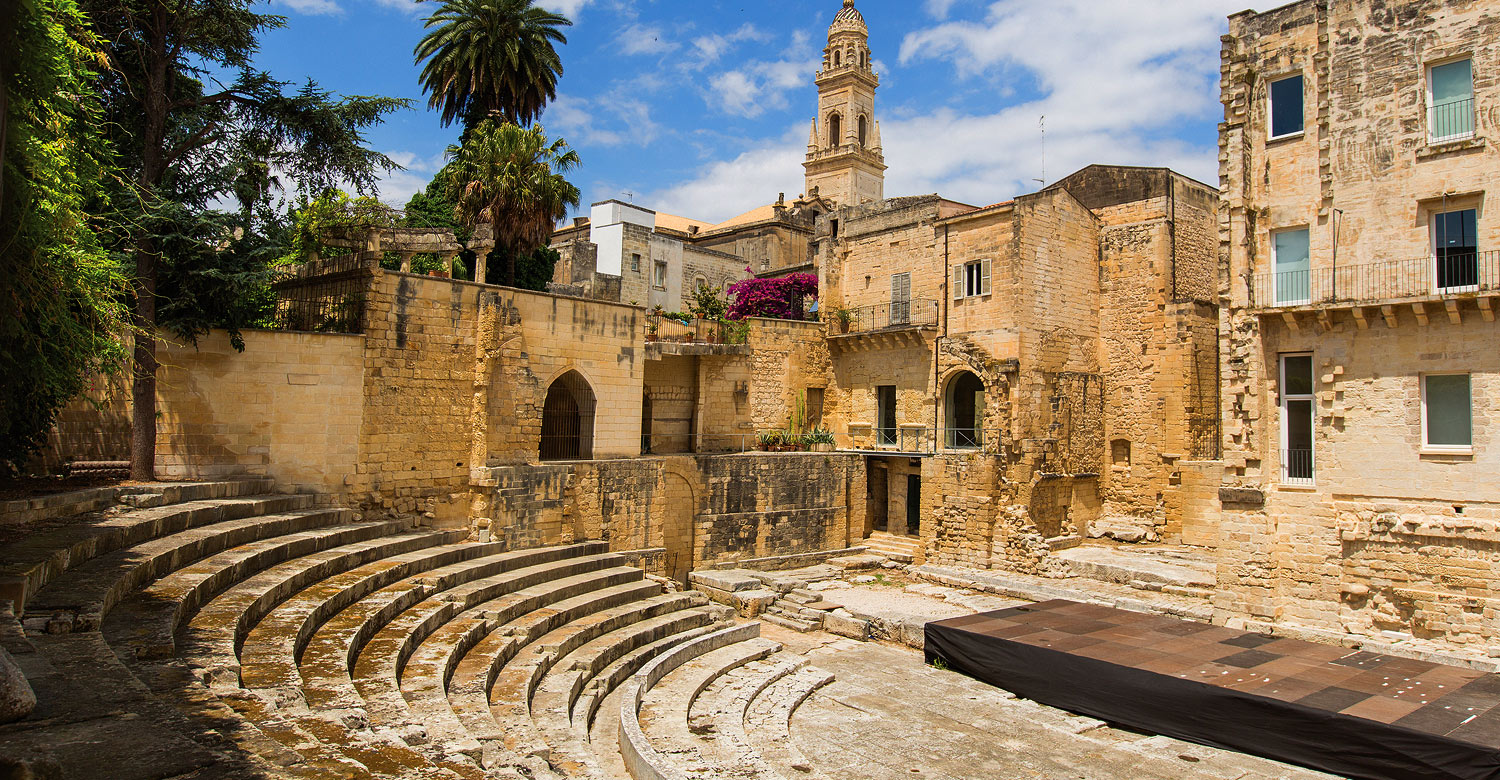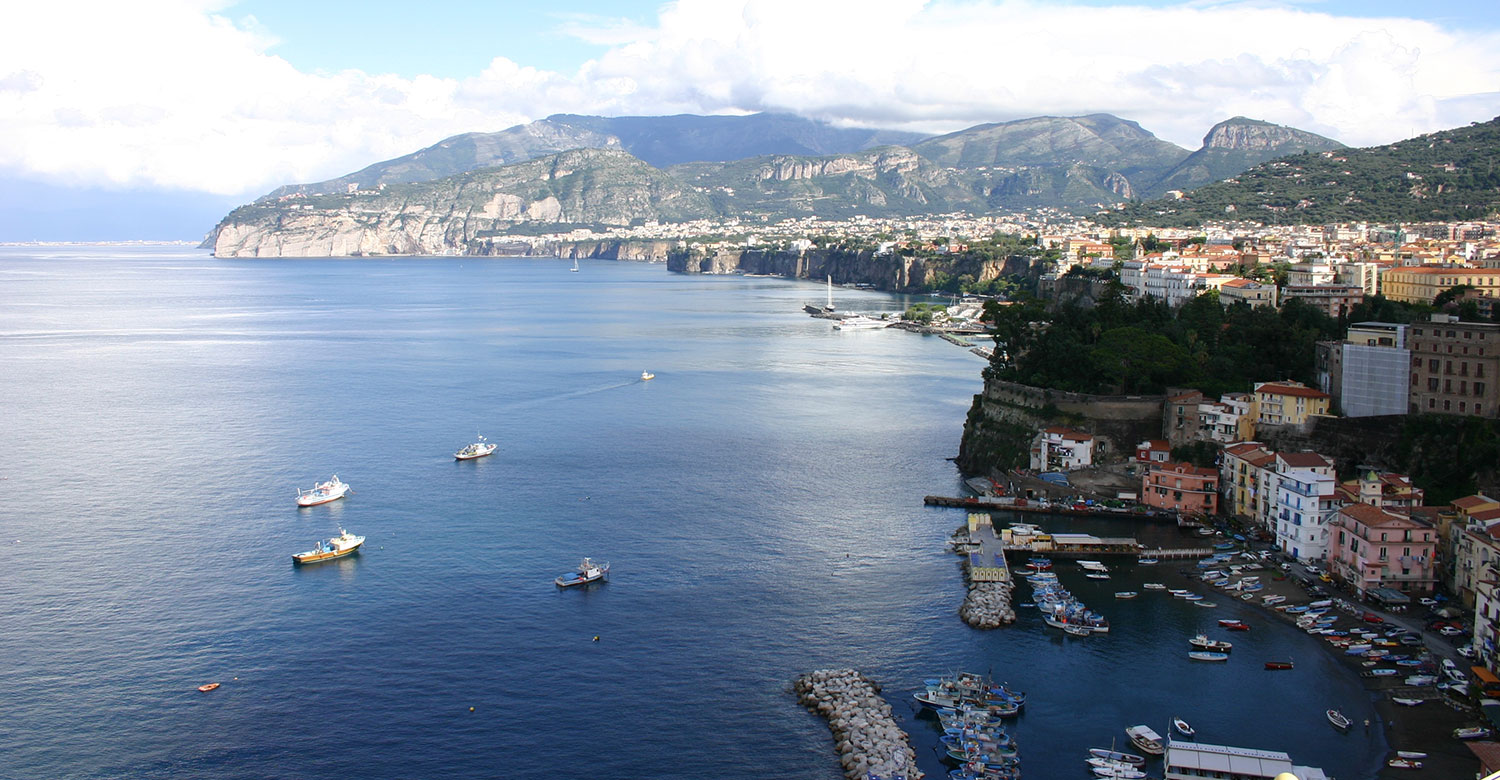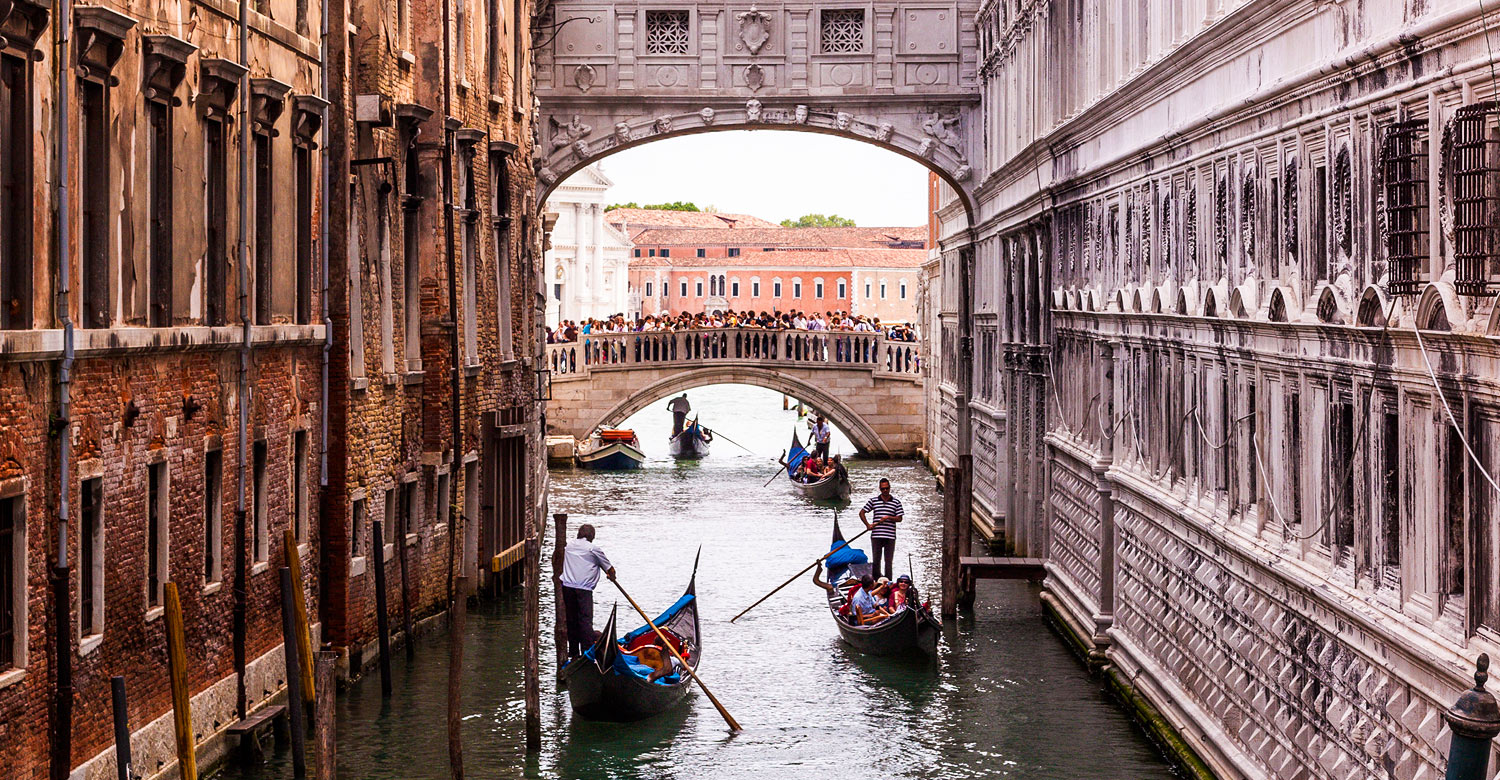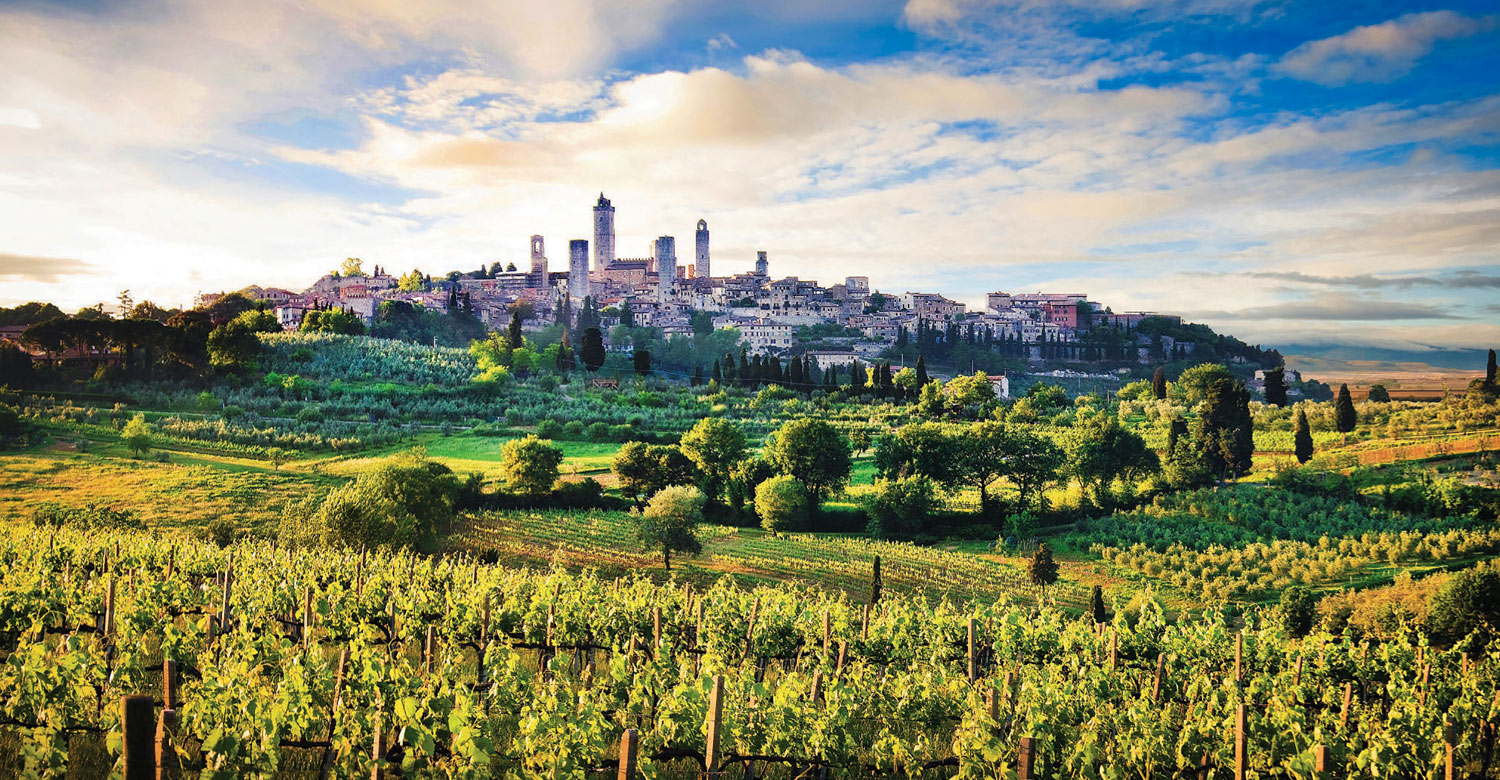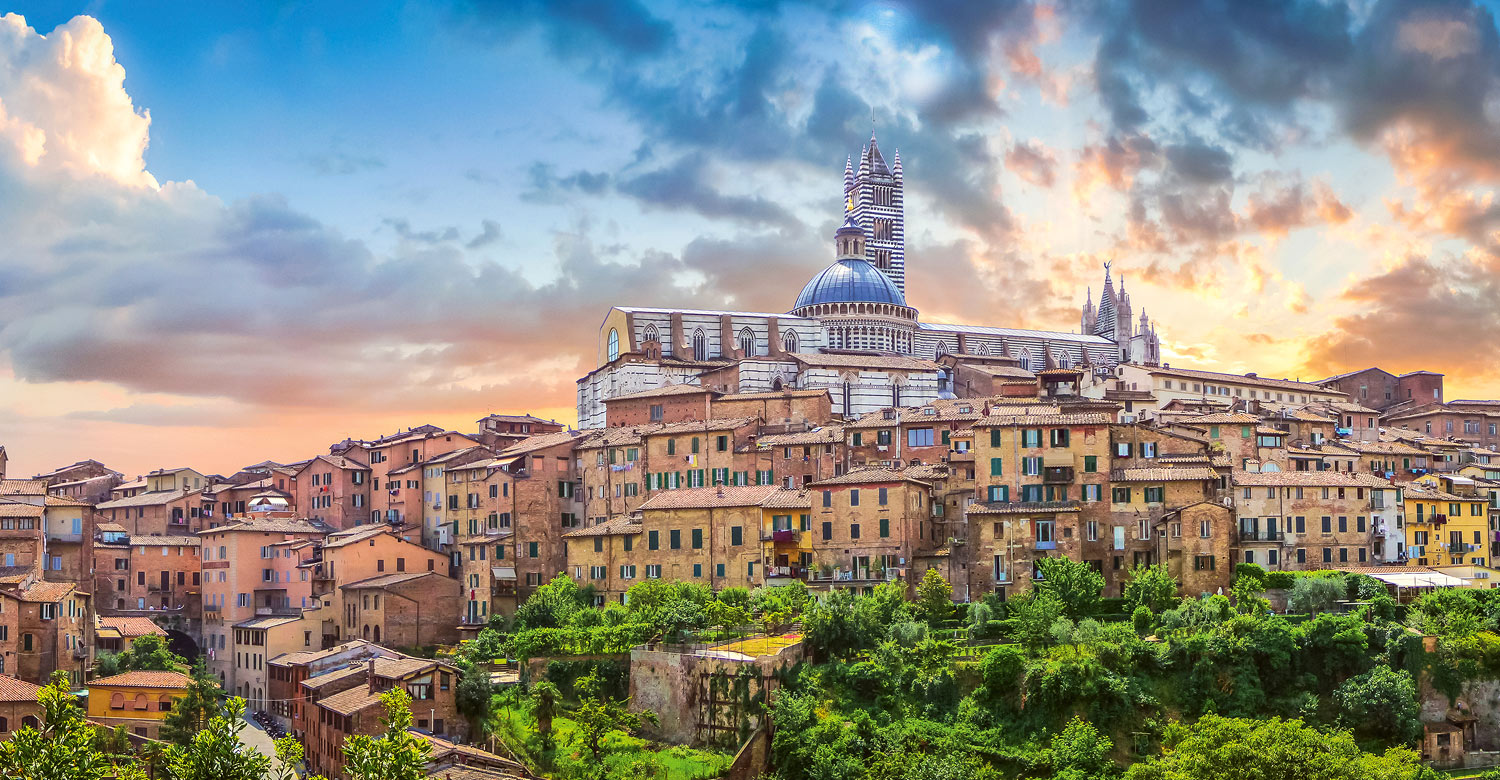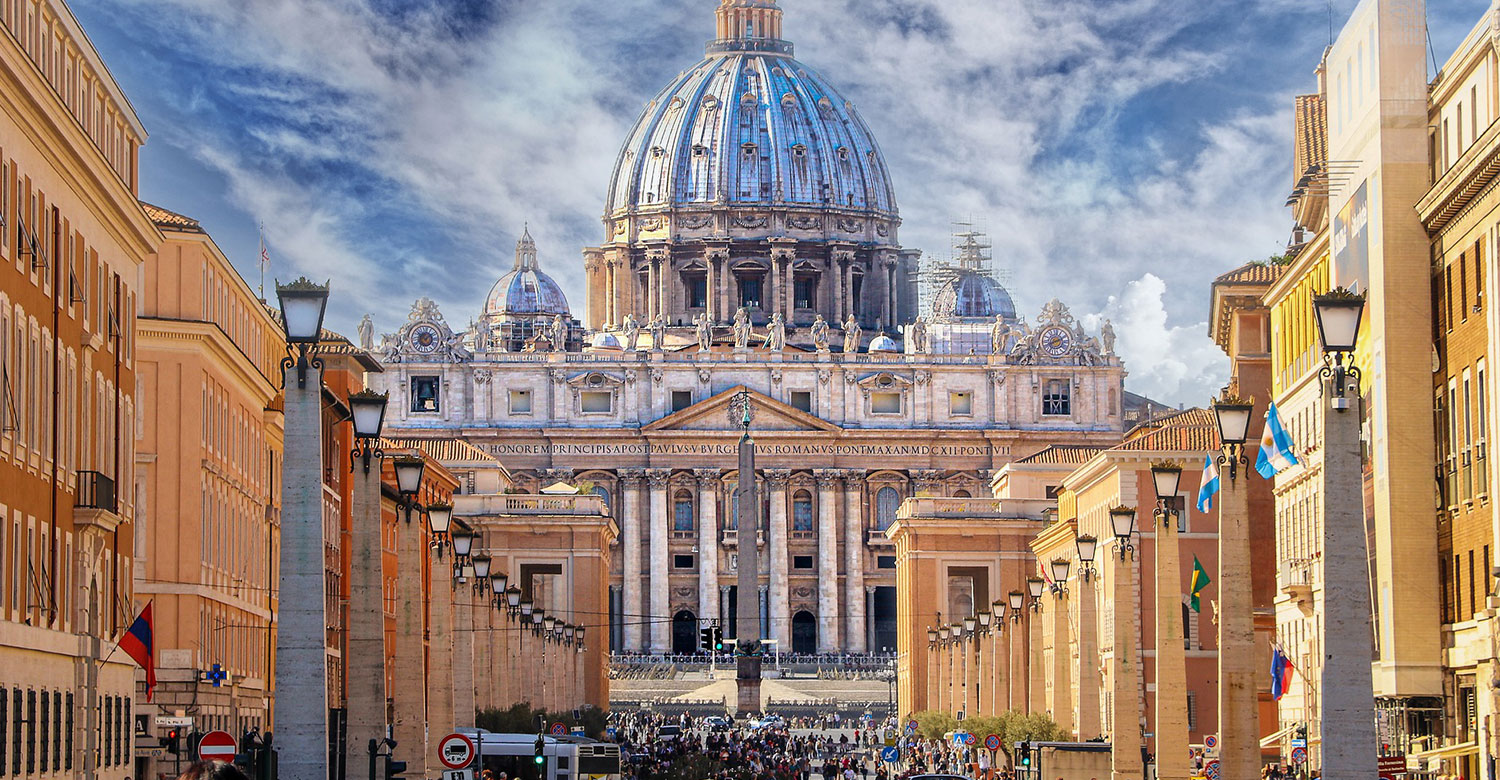Explore the different regions of Italy
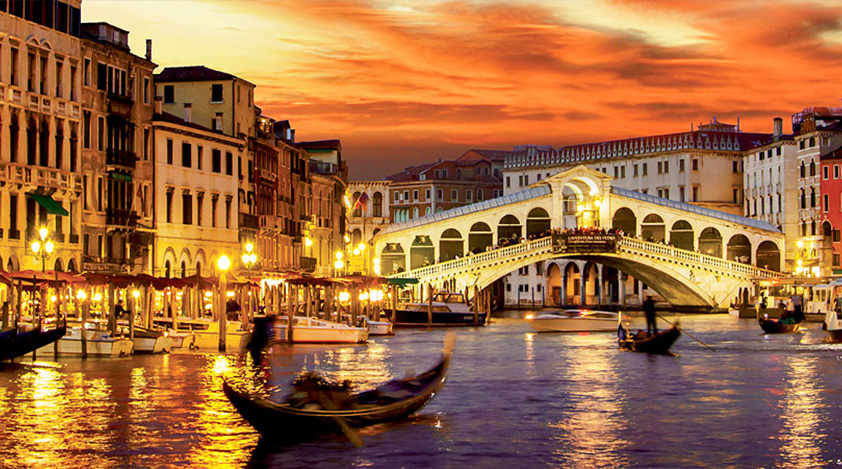
Posted by on 12 Apr 2021 , in Europe
Alberobello & Puglia
Experience the delights of the Puglia known as the heel of Italy’s boot, with idyllic coastal towns, whitewashed houses, historic villages, gorgeous beaches, Baroque architecture and delicious cuisine, trulli houses in Alberobello and gorgeous beaches of Salento.When to visit
Puglia has a temperate Mediterranean climate with mild winters and hot summers and averaging more than 300 sunny days a year making this a destination for all seasons.
- April –June: Spring brings the pure produce on which Puglia's famous cucina is built, strawberries and peaches will be ripening!
- July & August: Puglia's beaches come into their own, temperatures soar, busy with food festivals, concerts and other spectacular music events. You may even learn the local dance such as the tarantella or pizzica!
- September & October: The crowds have gone, the warmth lingers, best time to visit Lecce!
Getting around Puglia
The main Airport in Puglia are Bari Airport (called Palese Airport) and the international airport of Brindisi, called Brindisi Casale. These are connected by bus to the centre of town and from Brindisi Airport there is also a fast coach service to Lecce, which runs several times a day and stops just outside the centre of Lecce.
Most visitors hire cars to make it easy to travel around Puglia and visit smaller destinations. Take a good road map and ask directions when in doubt.
Some of the more remote sights, particularly beaches, are not connected by public transport; bus services are scanty and it can be difficult to find information about public transport.
The little railway lines run by FSE (Ferrovie Sud Est) are one of the most scenic ways to view the countryside, and link together some of Puglia's top tourist towns including Alberobello, Lecce and Otranto. There is another private railway line to the north of Bari, and one crossing the border into Basilicata, connecting Bari with the cave-town of Matera. In addition there are national FS train services which connect most of the major towns with the rest of the Italy.
Amalfi Coast & Campania
Head south to bustling Naples, home of the pizza and gateway to the beautiful region of Campania with its picture perfect Amalfi Coast and spectacular seaside towns of Sorrento, Positano, Praiano, Ravello, Salerno and the enchanting islands of Capri and Ischia. The Amalfi Coast is a 50-kilometer stretch of coastline along the southern edge of Italy’s Sorrentine Peninsula. It’s a popular holiday destination, with sheer cliffs and a rugged shoreline dotted with small beaches and pastel-colored fishing villages. The coastal road between the port city of Salerno and clifftop Sorrento winds past grand villas, terraced vineyards and cliffside lemon groves.When to visit
- April to June: The best time to see the Amalfi Coast, when the spring flowers are in bloom, the weather is just warm enough, and the temperature of the Mediterranean allows for the first dips of the season.
- July and August: This is the most popular time of the year favoured by tourists and also the highest temperatures of the year.
- November: The peak season ends at the beginning of November and doesn't pick up again until the spring, this means many, if not most, hotels close off season. Some close entirely, some re-open for Christmas & New Year's only.
Basilicata & Calabria
Separated from Sicily by the Strait of Messina, Calabria rich in rugged natural landscapes with stunning coastline and beaches and lapped by the splendid crystal blue Ionian and Tyrrhenian seas. Discover pretty coastal Tropea with its lanes and piazzas and the coast of the gods in Vibo Valentia.
The Basilicata region boasts two coastlines, mountain ranges, dark forested valleys and villages melded to rugged rock faces. Its location is remote yet strategic, linking ancient Rome to the eastern Byzantine empire. Over time it has been successively invaded, pillaged, plundered, abandoned and neglected. Today, its star attraction is undoubtedly Matera with its famous Sassi, former ancient cave dwellings. Matera is surprisingly one of Italy’s most chic seaside resorts and Potenza, its capital, is a major transport hub connecting neighbouring regions by rail and road.
When to visit
The best time to see Basilicata and Calabria regions is from April to June, when the spring flowers are in bloom, the weather is just warm enough, and the temperature of the Mediterranean allows for the first dips of the season.
- April - June: Spring wildflowers are blooming: perfect for hiking in the Pollino National Park.
- July - August: Summer is beach weather and festivals blossom in towns such as Matera.
- September - October: The crowds have thinned, the weather's still mild.
Cinque Terre & Liguria
Liguria adds a stark contrast to the otherwise mountainous natural landscapes of the north and a rich diversity that brings travellers back to see and experience more. The famed coastal strip is a popular holiday destination with its colourful seaside villages, pristine beaches, and alpine views. Visit Genoa, one of Europe’s largest seaports and San Remo, a city defined by its flowers and the sun. Explore Portovenere, a fishing village on La Spezia Gulf and then the extraordinary Cinque Terre. Discover the Riviera of Levante, stopping at Rapallo, Portofino and Santa Margherita.
When to visit
Cinque Terre are known for their landscape and hiking trails, which in winter and fall are not always accessible due to very heavy rainfall.
- Mid-May to mid-September: If you love summer then this is the ideal time to visit Liguria and the Cinque Terre.
- Mid-March to June & September to mid-October: If you are interested in hiking, this is the best time as the temperatures are ideal for walking under the sun.
- July and August: Peak holiday and crowded seasons in Italy
Emilia Romagna & San Marino
Located in the north of central Italy, extending from the Apennine mountains to the fertile Po River Valley (UNESCO World Heritage listed) and Adriatic Coast. It is known for its elegant cities, unique architecture, history as a trading centre and rich gastronomic delights. The capital, Bologna, is a vibrant university town with arched porticos lining the streets and medieval and Renaissance structures. Ravenna, near the Adriatic coast, is famed for its brightly coloured, UNESCO World Heritage listed, Byzantine mosaics.
Follow a food trail across this region from Bologna to Parma, taking in Ferrara, Modena and Ravenna. Taste parmigiano cheese and ham in Parma, balsamic vinegar in Modena, bolognese sauce or ragu in Bologna and perhaps even drive a Ferrari!
To appreciate the true beauty of Italian artisanship, you must visit the small triangle of land between Modena and Bologna, called ‘Motor Valley’, where the world’s finest luxury cars, namely Ferrari, Lamborghini and Pagani, are made.
San Marino is a mountainous microstate surrounded by north-central Italy. Among the world’s oldest republics, it retains much of its historic architecture. On the slopes of Monte Titano sits the capital, also called San Marino, known for its medieval walled old town and narrow cobblestone streets.
When to visit
Emilia-Romagna is a year-round destination. As elsewhere in Italy, spring and autumn are the loveliest times for touring. In August, hotel prices are at their highest on the coasts, but lowest in the cities as the locals abandon them for the beach.
The sights are rarely crowded and temperatures are mild. In many ways the cities can be at their best in winter as well: opera season runs from December to March, hotels are cheaper (though beware of major trade fairs), you can have many sights to yourself and the rich, hearty food of the region tastes best.
- April - June: Spring offers mild temperatures and a lot of day light. Enjoy pleasant cycling weather on the Po plains and avoid summer crowds on Rimini's beaches.
- June - August: Summer music festivals fill the agenda from Bologna to Ravenna.
- September - October: Ideal hiking conditions in Parco Nazionale dell'Appennino Tosco-Emiliano. Autumn has the best food around the year such as truffles, mushrooms. chestnuts, mulled wine and many of food festivals.
Florence & Tuscany
This region of sprawling vineyards, rolling hills, charming old cities with masterpieces of art and gourmet food has so much to offer. Magnificient Florence, known as the cradle of the Renaissance, Siena, famous for the Palio horse race, the Chianti area, Montepulciano and Montalcino, known all over the world for their prestigious wines, San Gimignano with its tall towers. Visit wineries and cellars, sample excellent wines, rare cold cuts, pecorino cheese and olive oil and shop for delicacies in the many food shop.
When to visit
The best time to visit Tuscany with temperatures warm but not too hot and chances for rain fairly minimal, is from mid-April to mid-May and from mid-September to mid-October, temperatures in early fall are similar to late spring.
- Spring (April - June) - Ideal for sightseeing in Tuscany, a time when wildflowers are in bloom. Note that the region is likely to be very busy around the Easter holidays, a popular time for Italians to travel to Tuscany. When visiting big cities like Siena and Florence, it’s best to arrive at sights early in the morning or late in the day to avoid the longest lines.
- Late June - Early July - Best time for viewing sunflowers. The most fields in full bloom, rent a car and plan your trip around late June to early July.
- Autumn (September - October) - Best time to visit Tuscany for a wine-focused escape, particularly mid-September through early October. The days will be warm, nights cool, and just about every town seems to have a harvest festival, if not for grapes, it’s olives. In this region, where cooler valleys tend to see early frosts, grape and olive harvests begin as early as late September.
- Winter (December - February) - If the main focus of your visit is to experience major city attractions like Michelangelo’s “David” sculpture at Florence’s Galleria dell’Accademia, you may want to go in the low season, between December and February, outside of the Christmas holidays. Lines will be shorter, and you’ll be able to take your time enjoying what each has to offer with little interruption.
Milan & Lombardy
Milan is considered Italy’s city of the future, a fast-paced metropolis where Italian design is world renowned. The city has been recognized as one of the world's four fashion capitals thanks to several international events and fairs, including Milan Fashion Week and the Milan Furniture Fair (Salone del Mobile). Home to the stunning Cathedral Duomo and many cultural institutions, museums and art galleries, and one of Leonardo's most famous paintings The Last Supper.
You will find some interesting Italian food in the Lombardy region, the provinces surrounding the cities of Mantova, Cremona and Brescia and Bergamo have been named a European Region of Gastronomy in 2017. And undoubtedly, you have to visit the most popular lake in Lombardy's region and in Italy, Lake Como, Lago di Como. It is really easy to get to Como from Milan by train or with a day tour!
When to visit
- Spring or Autumn: are the best seasons to experience Milan. Warm and sunny days ensure that you get to explore the city as much as you can without worrying about the weather getting sour and to avoid the hot summers and the cold, overcast winters. This is the best time to visit the nearby Italian lakes as well.
North Italian Lakes
Before the Versaces and Clooneys, many wealthy Romans, writers and poets had villas in the northern lakes of Italy. The Italian lakes are surrounded by striking scenery with snow-capped mountain peaks, glistening blue-green lakes, lush forests and medieval villages.
Como is a jewel-like oasis of tranquility, with its sparkling waters set against a majestic mountain backdrop. Just half an hour from bustling Milan by rail or car and nestled on the shores of the fabled lake of the same name, the enchanting towns of Como, Bellagio, Varenna, Menaggio, Tremezzo and Cernobbio lie snugly at the foot of the Italian Alps.
Lake Garda is located halfway between Milan and Venice and close to Shakespearean Verona, the largest lake in Italy, Garda is beautifully embedded between high mountains, olive groves and vineyards. Scattered around its shoreline are enchanting villages, ancient villas, castles and historic sites. Surrounded by three distinct regions, Lombardy, Trentino Alto – Adige and Veneto, its cultural diversity attracts a cosmopolitan crowd.
Lake Maggiore, Italy’s second largest lake, has its western shore in the region of Piedmont, its eastern shore in Lombardy and its north side borders Ticino in Switzerland. The picturesque, flower-filled Isole Borromeo (Borromean Islands) are the gems of the Lake – Isola Bella, Isola Superiore Pescatori (or tiny fisherman's island) and Isola Madre, magical landscapes with ancient palazzos, private villas and gardens, set in the middle of tranquil blue waters. The main lakeside town of Stresa is a favourite for European aristocracy and provides a base to explore the area.
When to visit
The ideal time to visit the Italian Lakes are Spring (April to June) and Autumn (September to October) with comfortable temperatures and fewer crowds. If you love flowers, the beautiful gardens that line the shores are at their best between April and June. During summer (July - August) is peak season and a popular holiday spot for locals as well.Rome & Lazio
An ancient saying "A thousand roads lead men forever to Rome" has over time, become the proverb "all roads lead to Rome". The Eternal City, considered the centre of the world for centuries, is an open-air museum over 2000 years old.
Still bringing travellers from around the world to its timeless charm, Rome is a city of a thousand stories and sights. From the Colosseum to the magnificent Sistine Chapel and Vatican City. And from the much loved classic movies ‘Roman Holiday’ to Fellini's 'La Dolce Vita’ set in Rome, there is nowhere on earth as majestic, or quite as unique, as Roma.
Founded in 753 BC by Romulus, Roman legend says that he had a twin brother called Remus.
As babies they were abandoned and a she-wolf found and raised the twins. When they grew up, Romulus fought and killed Remus and became the first ruler of Rome. By the early 4th century, the Romans had built a road network of 53,000 miles throughout the empire. Each Roman mile was about 1000 paces and was marked with a milestone, hence the proverb “All roads lead to Rome…”
Rome wasn’t built in a day and to see the best of the Eternal City, you will need at least three!
There so much to see and do while in Rome, here are some of our must-do highlights!
- Throw a coin in the Trevi Fountain (meaning you will return), marvel at the Pantheon and sip a cappuccino in Piazza Navona next to Bernini's famous Fountain of the Four Rivers.
- Book a walking tour of the Colosseum, Rome Forum and Palatine Hill.
- Have a gelato on the Spanish Steps (Piazza di Spagna).
- Relax in Villa Borghese Gardens and Gallery, at the top of the Spanish Steps.
- View the Vatican Museums including Michelangelo’s Sistine Chapel fresco.
- Climb to the top of St. Peter’s Basilica's majestic dome.
- Put your hand in the Bocca della Verita (the Mouth of Truth), it will eat your hand if you lie!
- Visit Campo de’ Fiori, Rome’s lively outdoor flower and food market, in the morning.
- Have an aperitivo on a Rome hotel roof top or catch the view from Gianicolo or Buco di Roma gardens.
- Visit Trastevere neighborhood across the Tiber River and dine in a charming trattoria. Catch the bus or metro or cross the picturesque Garibaldi Bridge.
When to visit
You can visit Rome anytime of the year, its breathless beauty will never disappoint you!
As many other destination in Italy, spring (April to June) and autumn (September and October) are the best times to visit Rome and Lazio region, the weather's good and there are many festivals and outdoor events on. But it’s also busy and peak season.
Sicily & The Italian Islands
Sicily it is the largest Italian island and one of the pearls of the Mediterranean, with its crystal clear waters and archaeological ruins, full of cultural treasures, folklore and traditions, breathtaking scenery and age-old heritage. And of course, great food and wine. The writer Goethe once said, “To have seen Italy without having seen Sicily is not to have seen Italy at all, for Sicily is the clue to everything.” The warm Mediterranean climate of Sicily makes it an ideal, year round, holiday destination and perfect for walking, outdoor living and eating your way across this gastronomic hot spot.
The archipelago of the Aeolian Islands is UNESCO Heritage listed and consists of seven magnificent (still active) volcanic islands off the north east coast of Sicily. The islands of Lipari, Panarea, Vulcano, Stromboli, Salina, Alicudi and Filicudi rise from the sea and are blessed with rugged natural beauty and crystalline waters. Lipari is the largest Aeolian island and perhaps the best place to stay. Visit Lipari Castle on the island’s eastern bay, a Greek acropolis and a Norman cathedral and take a boat ride to the island’s coasts, admiring its splendid inlets and amazing beaches.
The second largest island in the Mediterranean, Sardinia has incredibly rugged highlands and kilometres of beautiful unspoilt coastline with stunning crystal clear water. The beautiful Costa Smeralda, and Porto Cervo in particular, is a hot spot for the rich and famous and favourite holiday spot for Italians. Sardinia or Sardegna is known for its sandy beaches, charming sea towns and archaeological ruins.
When to visit
- July & August: High Season - Higher prices, especially surrounding Ferragosto (15 August), and roads and beaches are packed. Festival season in Taormina, Palermo, Piazza Armerina and elsewhere. Hot days good for the beach.
- April to June & September to October: Shoulder - Best period for good weather coupled with chepaer prices. Spring is ideal for coastal hiking, wildflowers and local produce. Colourful religious festivities during Easter
- November to March: Low Season - Accommodation prices drop. Days are shorter, weather is colder and offshore islands and coastal resorts largely shut down. Experience local culture without the crowds.
Trento & The Dolomites
The Dolomites sit at the top of Italy, surrounded by the region of Trentino-Alto Adige, and next to Austria.
This stunning area offers rugged mountain wilderness and green vine and orchard covered valleys, dotted with wooden farmhouses. Their rock evidently gives to the mountains a very distinct white cast (which is why they are also called the “Pale Mountains”), but the most particular tones arise every evening when the sun starts to set: the colors go from pinkish hues to fiery reds, the phenomenon referred to as Alpenglow. The region's cities, the southerly enclave and capital of Trento, the Austro-Italian Bolzano and very Viennese Merano and the mountain town and ski village of Cortina d'Ampezzo, are easy to navigate and full of alpine culture. This is also a beautiful summer destination, offering excellent hiking, sublime views and lots of fresh, fragrant air. To get there, drive two and half hours north from Venice or two hours south from Innsbruck, Austria.
When to visit
- May to September: Is the perfect time to experience the Dolomites region and the ideal time for hiking.
- November to March: There’s snow and it can drop to -10°C
Turin & Piedmont
Piedmont sits at the foot of the Alps bordering France and Switzerland. Its elegant capital Turin offers abundant baroque architecture, high quality shops and interesting museums. The Automobile Museum is devoted to Turin’s main industry, while the Egyptian Museum displays significant archaeological and anthropological collections.
The region is justly known for its wines, which include some of the best produced from Italy such as Barolo, Barbaresco, Barbera, Dolcetto and Moscato D'Asti. Its local cuisine is also famous and the precious white truffles of this region have been compared to gold because of their cost and delicacy.
When to visit
- Autumn (September – November): Piedmont’s ‘busiest’ time of year for tourism is when the famous white truffle is harvested in September/October, in anticipation of the annual International White Truffle Market a foodie festival which takes places from mid-October until mid-November in the medieval town of Alba. This is one of the most popular times to visit Piedmont, so we would advise planning in advance if you’re set on getting your hands on this ‘white gold’. In addition to the white truffle harvest, the Langhe landscape is transformed into a warm patchwork of oranges, browns and reds.
- Spring: In Piedmont is lovely, fewer crowds and the landscape is just coming into bloom! The countryside is rife with beauty at this time of year and the temperatures should start creeping up into the early twenties. Lovely time to visit a quieter vineyard, which will have just re-opened after their winter block out period. For sportier types, the spring weather is ideal for cycling, hiking or exploring, as you will enjoy crisp, bright and mild days – also perfect for sightseeing.
- Summer: Is undoubtedly one of the best times to visit Piedmont for the weather. The weather is at its warmest and sunshine should be on the cards, making it an ideal time to visit for some wine and relaxation. Life in Piedmont turns pretty quiet during the month of August, which is when the majority of locals escape to the coast for their summer holidays.
Umbria & Abruzzo
Off the beaten track and often over-shadowed by its famous neighbour, Umbria is less discovered and the green heart of Italy. Like Tuscany, this is a land of ancient churches, hamlets and vineyards with hidden treasures and beautiful landscapes. Take a pilgrimage to Assisi (UNESCO World Heritage site). Discover spectacular medieval hilltop towns including Spoleto, Todi, Spello and Orvieto and visit the university town and capital Perugia, also home of perugina chocolate and the famous annual Umbrian Jazz Festival. Witness the ‘bloom of Norcia' wildflowers in June each year – a sight to behold.
Looking for roads less travelled? Abruzzo is the real Italy. Mountainous and rugged, situated between the Apennines and the Adriatic Coast, it is a remote region with a wealth of castles, monasteries and medieval towns, as well as seaside towns, ports and beaches. Off the beaten tourist track, on Italy’s east coast, Abruzzo is full of simple food, wines, traditional Abruzzese cooking, undiscovered cultural riches and artisan crafts… and a slower pace of life. Abruzzo is an unspoilt, hidden gem in the heart of central Italy. Home to Italy’s most beautiful and pristine National Parks, Gran Sasso NP, with the highest peak in the Apennines, abundant nature, even wolves, deer and brown bears still roam free.
When to visit
Umbria & Abruzzo is a truly ‘year-round destination’, with ancient villages, castles, lakes and rivers nestling between soaring mountains that in the winter months offer some of the best skiing in the country, some of them only 30km from a pristine coastline.
The climate is Mediterranean, with hot, dry summers and cold winters. However, each season has its own charm, the spring and summer period bring pastel-coloured fields with red and purple flowers, an endless calendar of events in charming medieval towns with warm terracotta roofs and, of course, packed beaches. July and August can often be relentlessly hot and dry for long periods, with daytime temperatures typically reaching 38–40°C.
During winter, the region opens up to lovers of winter sports, especially during the months of December to February. Sunny winter days can be magical in the mountains and the snow gives the towns and villages a fairy-tale appearance.
Venice & Veneto Region
The verdant Veneto region in north east Italy is a land of sparkling prosecco, timeless landscapes and charm. Little has changed in Venice’s design for the past 700 years. It is a dense network of waterways with 118 islands and more than 400 bridges over its 150 canals. Instead of main streets, you will find main canals, instead of cars you will find gondolas. Venice and its lagoon are UNESCO World Heritage listed and the whole city is an extraordinary architectural masterpiece. Venice Carnevale takes place every February, its iconic Venetian masks and costumes a spectacular feast for the senses.
Nearby towns of Padua and Verona can be reached by car or train or are best appreciated on a guided tour of this region. Explore the heartland of the former Venetian Republic, a region that has one of the Italy's richest historical, natural, artistic, cultural, and culinary heritages.
When to visit
Are you wondering when is the best period to visit Venice?
- March, April & May: The best seasons are undoubtedly the spring months when the weather in Venice, Italy is mild and ideal for walking.
- September and October: During the summer months, the heat sometimes makes the climate in Venice unpleasant, while in winter the temperature can drop below 0°C.
- Spring (April-May) and Autumn (October-November): In these months, the colours of nature are particularly beautiful, and the mild climate in Venice, Italy favours the Venetian outdoor excursions.
- March to June: the wine lovers can enjoy the several Prosecco festivals around Valdobbiadene area! Along the Prosecco wine road in Italy and, in particular, in the fascinating Treviso villages of the Conegliano and Valdobbiadene area, Veneto wine events, activities and tastings dedicated to wine lovers and those who want to learn about the wonderful area of Prosecco with a plus
Some popular packages from Italy Travel & Holiday Packages
Subscribe now for your chance to win
a $500 Travel Voucher
Be the first to hear about our new Holiday Packages



